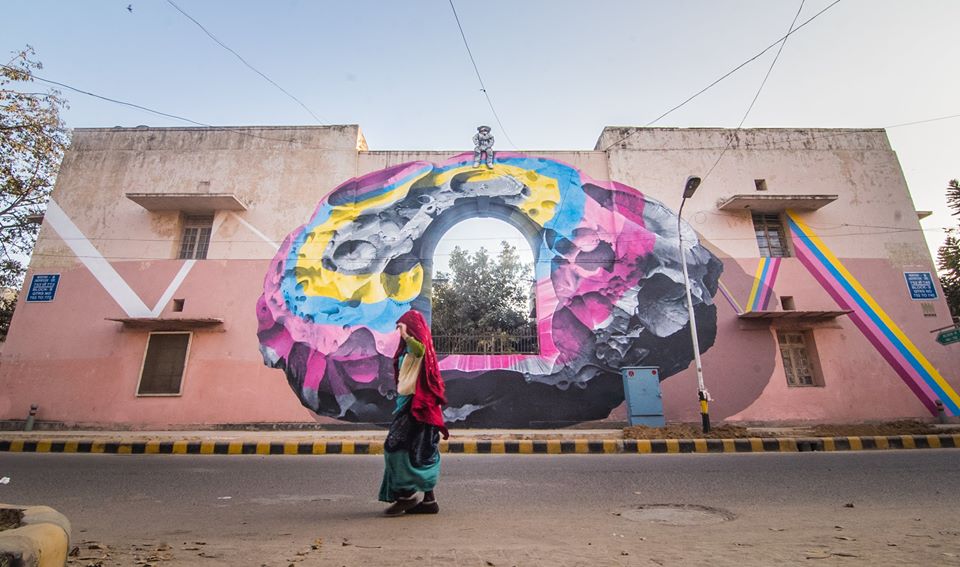Taking Art to the Street

“Some people become cops because they want to make the world a better place. Some people become vandals because they want to make the world a better-looking place.” – Banksy (Wall and Piece)
Street Art began as an underground, anarchic, in-your-face appropriation of urban spaces in the 1970s, and since then has become a recognised global art movement. From graffiti, stencils, prints and murals, through large-scale paintings and projects of artistic collaboration, to street installations, augmented reality mural paintings, as well as performative and video art, it is very much safe to say that street art has found its way into the core of contemporary art. Some of the earliest expressions of street art were the graffiti which was started by gangs in the 1920s and 1930s New York to mark their territories. This cultural phenomenon took on a significant role in the 1970s and 1980s when young people resorted to cans and brushes to respond to their socio-political environment. With the emergence of artists like Banksy, Vhils or BLU, street art became a ground for experimenting with various themes, but the art form never lost its rebellious edge.
The street art movement in India skipped this historical development. One the main reasons being property laws which often rendered urban artworks as vandalism. The visual art discourse in India was for a long while limited to modern contemporary art showcased in formal exhibitions. However, in the past 5-6 years, street art has garnered a huge popularity among budding artists, art enthusiasts, and governmental organisations. Indian street artists have undertaken brilliantly creative street art projects that focus on women’s equality and the lives of prisoners at a jail in Delhi, as well as those that focus on cleanliness and making public spaces more attractive and user friendly. Organisations like St+Art and Delhi Street Art Street Art India have galvanised this popularity by initiating street art festivals with governmental organizations and local authorities. Often these art works and murals are just beautiful pieces of work but sometimes they are provocative and aim to shock viewers with their social or political messages. Several foreign street artists are also taking keen interest in India’s budding street art revolution. For instance, Mexican street artist, Senkoe’s ‘Colours of the Soul’, has a real tree as its centrepiece. The street art shows birds of different species which represent the diversity of people who live in the area. It encourages them to communicate with each other and share stories, just like the birds would. Another street artist, Nafir shows a woman breaking away from patriarchy. The woman in the painting has short hair and looks to the left, which for Iranians means moving away from tradition. Additional to beautifying, street art in Delhi also discourages people from dirtying the walls which are often plastered with tobacco spit. German artist Hendrik Beikirch dedicated a mural to ragpickers in Tughlakabad.
The Lodhi Colony in Delhi is known for becoming India’s first public art district in 2016. The walls of Shankar Market in central Delhi also depict colourful artwork revolving around dance, drama and music.
Street Art breaks away from conventional spaces by reaching and affecting the masses. These artworks mainly consist of commercial and political imagery, infused with ironic social commentary and humour. While conventional gallery art is not accessible to everyone, street art makes it democratic by changing it from something to be looked at to an experience in a city. It is not confined by walls but rather freely and openly available to spread messages while being visually appealing to every citizen, irrespective of their social and economic standing.



